Our friend and culinary blogger Margot Haest, who loves to travel, brings us this entertaining article demystifying coca as she vividly experienced it during her vacations with us in Peru. We hope you enjoy reading about her adventures! And if the article fires your wanderlust, check out our selection of Community-Based tours that will offer you the chance to experience this age-old tradition for yourself.
Chewing coca, how do you do that? What an odd question one might think. Indeed, it hadn’t crossed my mind until my last holiday in Peru, a few weeks ago, where coca chewing is a cultural daily routine.
Coca: A Major Good?
The only permitted coca in the Netherlands is Coca-Cola. Coca in all its other forms is forbidden and is considered negative, especially, of course, cocaine. But how do perceptions differ across the globe? For example, in Peru, where I was recently visiting, coca is a big thing and it is known for its medicinal properties since time immemorial.
Looking for a good daily performance? Coca! Headache? Coca! Altitude sickness? Coca! Concentration problems? Coca! Stomach issues? You guessed it, coca!
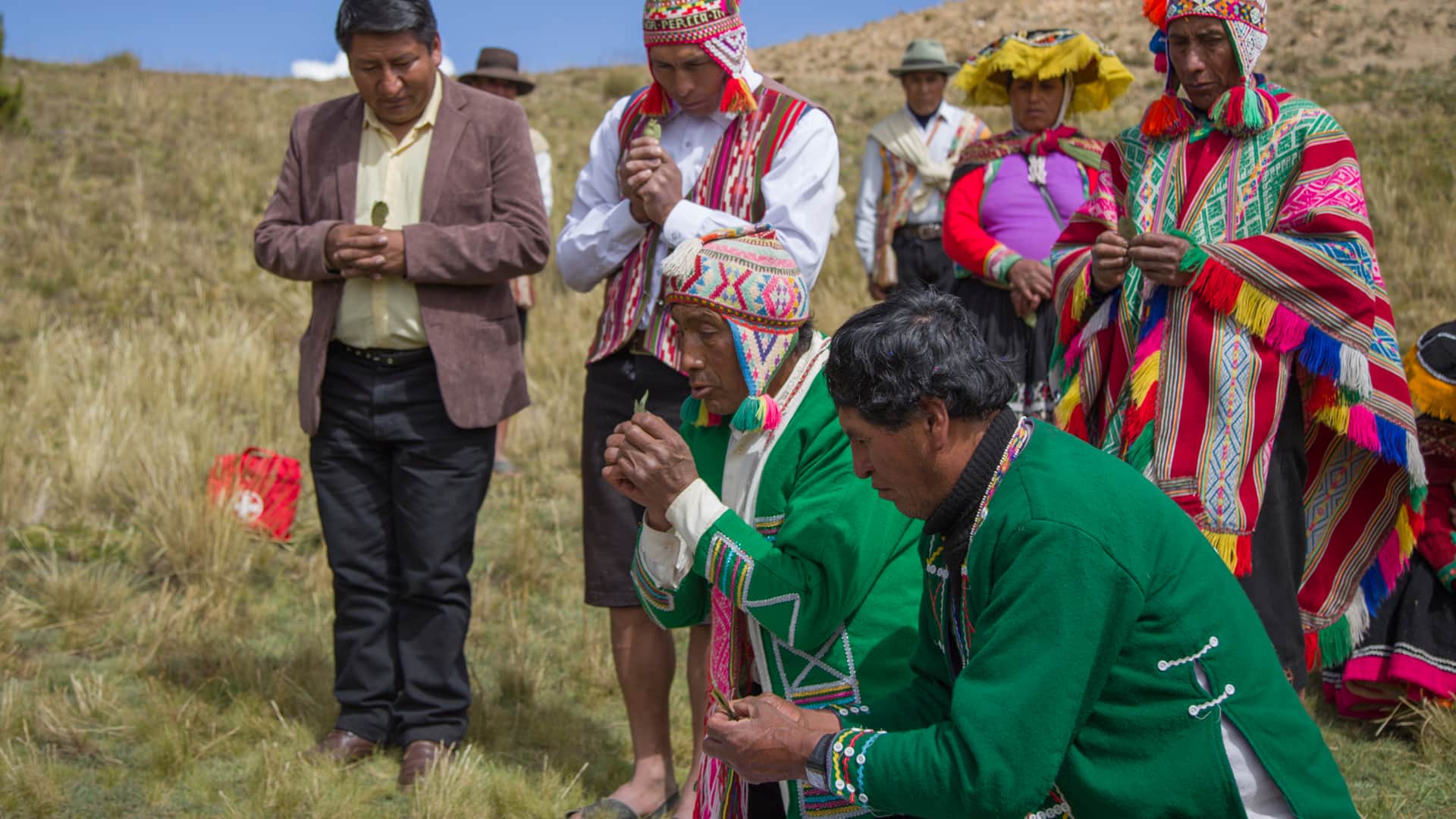
Chewing Since Inca Times
During the times of the Inca, coca was already being used by foot messengers, running hard between 30 to 50 Km every day to take the important messages throughout the country, without Red Bull or any other energy drinks, but with a handful of coca leaves in the pocket. Coca numbs physical aches and also alleviates hunger — very useful when you are completing such mammoth runs!
Coca still plays an important role in contemporary life in Peru. Leaves are sold at numerous market stalls. And not just the leaves but coca in the form of candy or tea bags, which is used daily by everybody, especially high in the mountain ranges of the Andes. (Travelers interested in Peruvian food culture will want to explore our range of Peru Culinary Tours.)
The Coca Experience
It is always good to get to know a country’s customs. So it was time to experience the coca effects for myself. The first time was on a Walking Tour in Lima, with my guide Rosario who explained to me how to chew on coca. I bought a bag of coca leaves at Mercado 1 in the Surquillo district of Lima. Once out of the market I followed her instructions: take in a whole mouthful. You really get that hamster cheek. It was not easy to handle all those leaves in the mouth. You really have to chew a lot before they get mixed with some saliva, to soften them in your mouth. The taste?…not my favorite. Perhaps comparable with tobacco. (I have no experience with that, but I can imagine!)
Rosario told me that after some time chewing I would feel my mouth start to numb, something comparable to a dentist’s anesthetic syringe. For how long would I have to keep this big gob of milled leaves in the mouth for any effect? At least 45 minutes, according to Rosario. I thought it was quite a long time. I really didn’t like that lump of leaves in my mouth, it was very uncomfortable. But after a quarter of an hour, I noted that my inner mouth was already sedated. What a strange feeling! I kept it going for twenty-five minutes, before deciding it was enough for my first experience with coca.
Coca With Flavor
Few days later I went to Arequipa. There I also headed to the market, with my guide Caroline. Apparently the coca is used differently in different regions. From Caroline, I learned that you can change the flavor of coca by adding a sweetener, in this case, natural Stevia, also on sale at the market in the shape of cubes. There are several colors and varieties of Stevia available, it was decided the gray variety was best for our needs. Caroline took a lot fewer leaves, added a bit of Stevia, and then chewed. The flavor was, certainly, better than earlier and a smaller amount of leaves to chew was also better. I drank mate de coca (beverage) every day. It helps to acclimatize and to get used to the altitude. In the beginning, I didn’t like the taste, but you get used to it. At the end of my vacation, I even enjoyed it! Coca seems to really be the way to prevent altitude sickness.
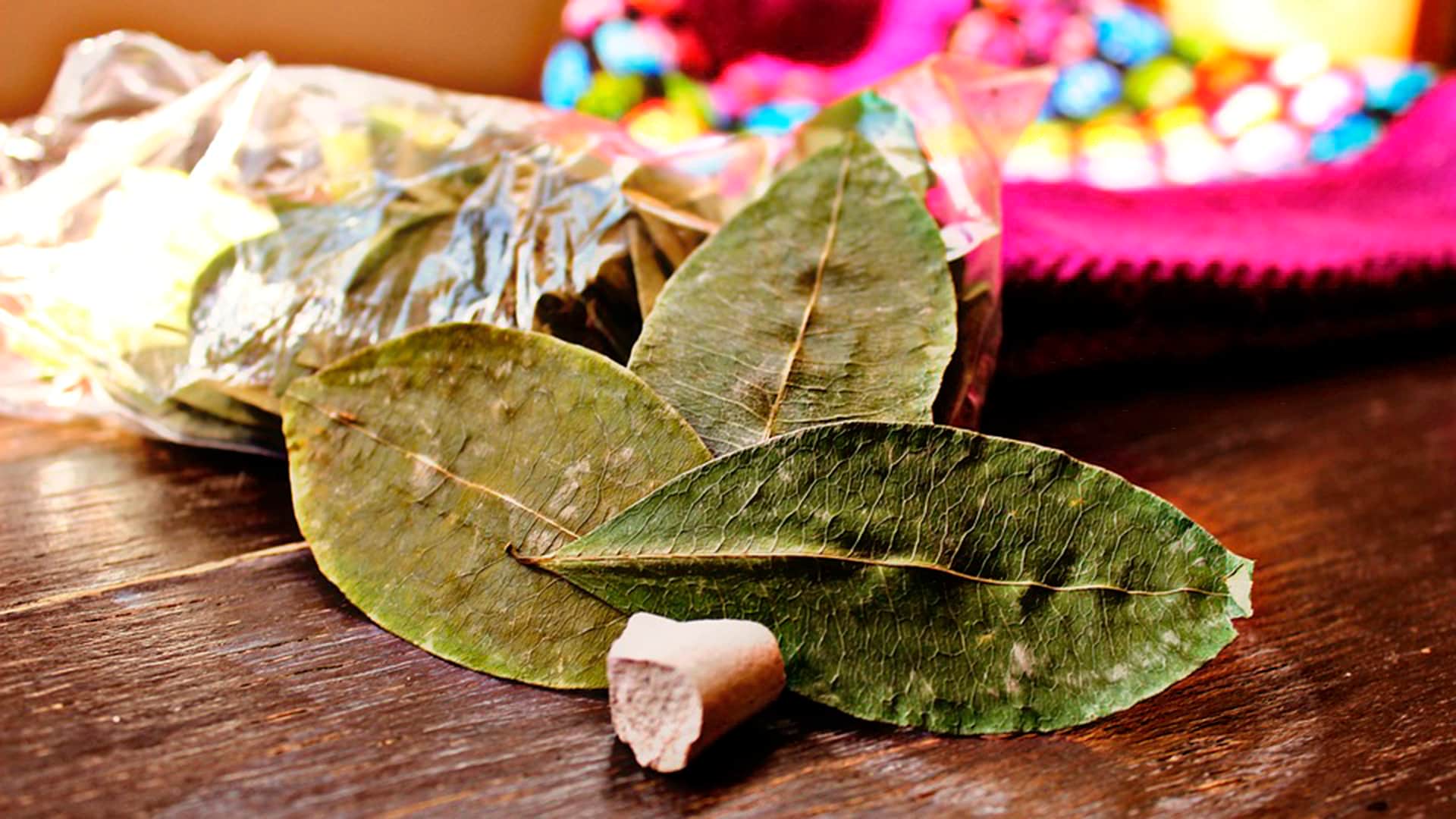
Coca Rituals
The last explanation about the use of the coca leaves was given to me by my guide Octavio while we were trekking the Inca Trail to Machu Picchu. Octavio said that chewing coca is a kind of ritual. Before ingesting the leaves, some are offered to the Pachamama, the mother earth. Then you put three leaves inside your mouth. These three leaves symbolize important Inca icons: the condor, the puma, and the serpent. During the hike along the so-called Coffee Route, you can see the plant naturally growing in the wild, it is a common view.
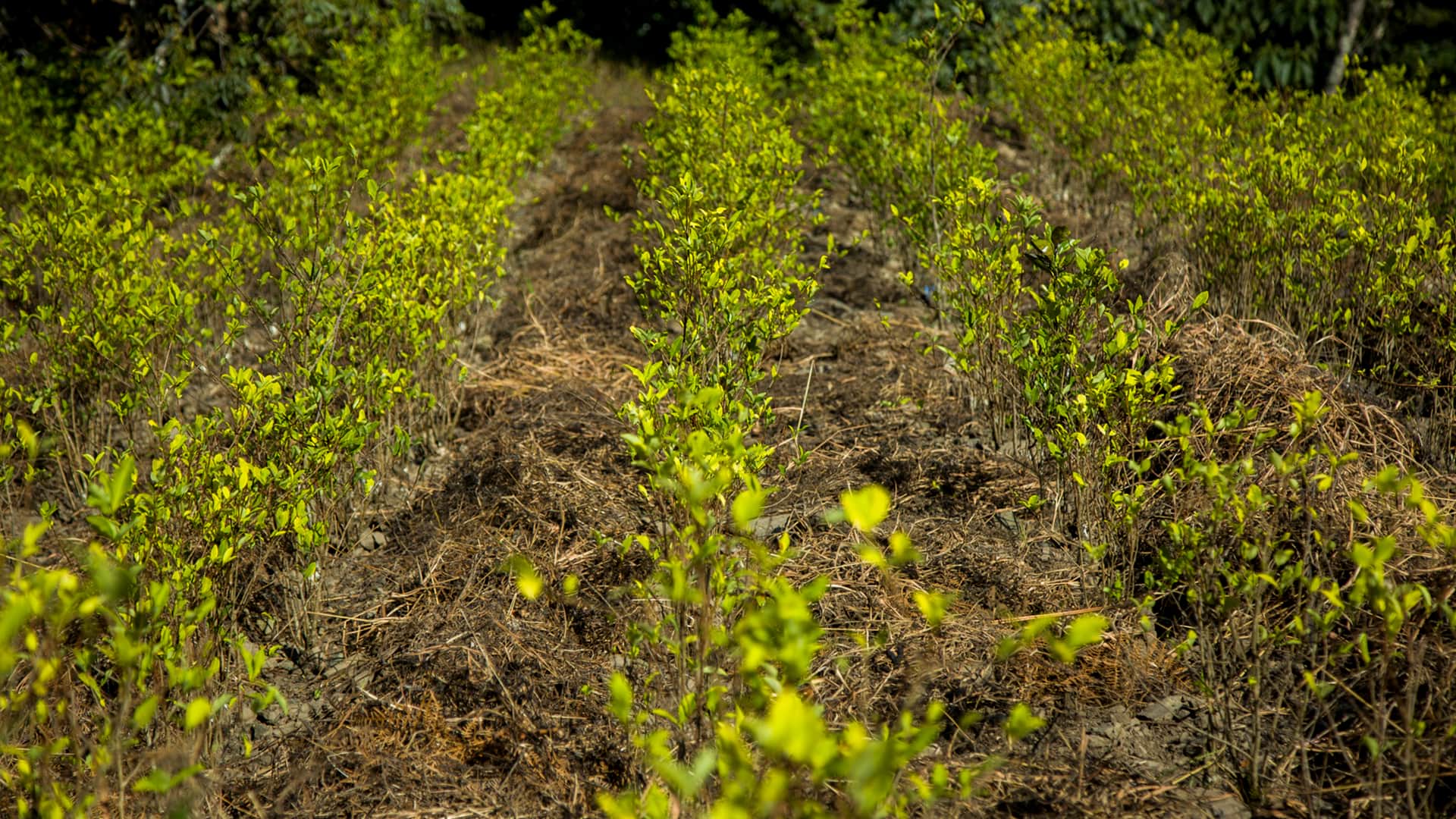
In general, it is very nice to know these local customs. But it is a shame that the beneficial properties of coca are overshadowed by the terrible drug that is obtained from it, which leads to the plant having such a bad reputation worldwide.
In any case, I was very pleased with the coca leaves during my journey across Peru. I had them with me during the whole trip, but I mostly drank coca tea at high altitudes, and also had some coca candies (available in different varieties, some better than others) and also had chewed leaves with Stevia as well. And it helped! Despite some headaches, I didn’t suffer at all, even at 16500 feet.
Too bad I couldn’t take any coca to The Netherlands.
Fun Facts About Coca:
It seems like coca was not always forbidden in The Netherlands. In the first half of the 20th century, Holland was a coca trade leader. The Dutch East Indies were the main producers of coca plants during that period and were commercialized in Amsterdam. There was even a factory that transformed it into cocaine, the Dutch Cocaine Factory. (source: Wikipedia)
Mother Coca (or Coca Mama) is the goddess of health and happiness. Originally, she was particularly promiscuous and was split into halves by her many lovers. Then, from her bodily remains, the coca plant grew and men were allowed to consume the leaves for their health and joy. (source: Wikipedia)
Are coca leaves addictive? The Jellinek clinic says the following: “to chew coca leaves is less addictive than to inhale or to smoke cocaine. The addiction rarely happens. Chewing coca leaves is not addictive because cocaine barely gets to the bloodstream and when it does it does so ephemerally”.
This brings to an end Margot’s exploration of coca culture in Peru — we hope that reading about her travels has inspired you to begin planning your next adventure! If you have any thoughts or questions about this blog or any of our tours, please do not hesitate to contact us.


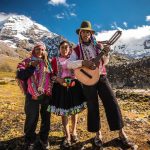
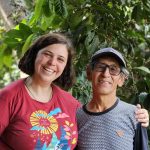
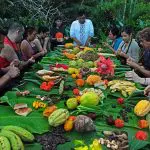


briliant article,coca leaves are indead a medicine and should be sold worldwide.